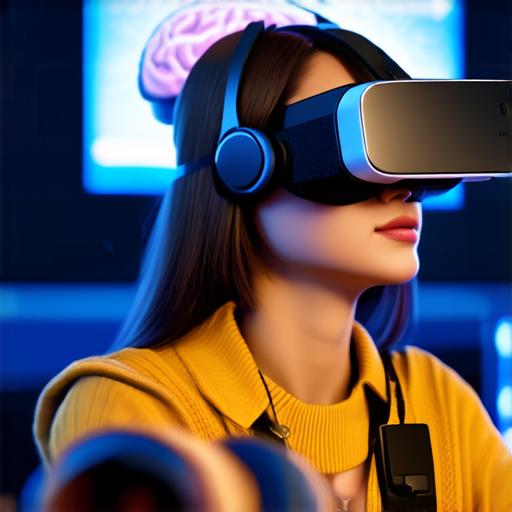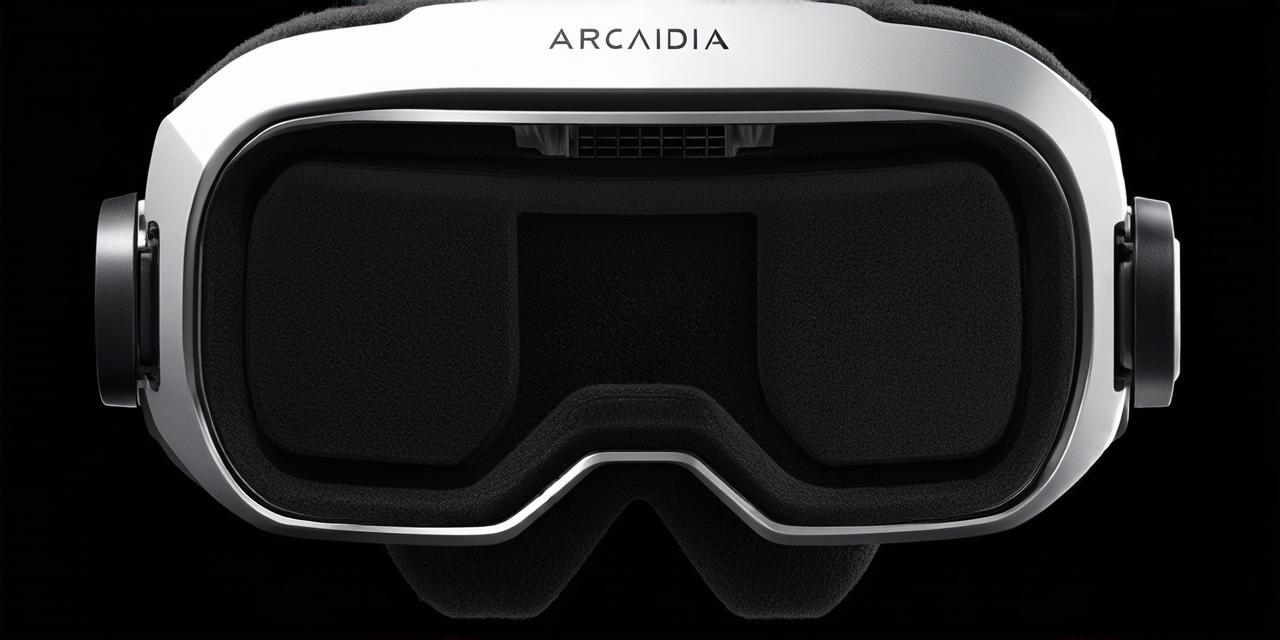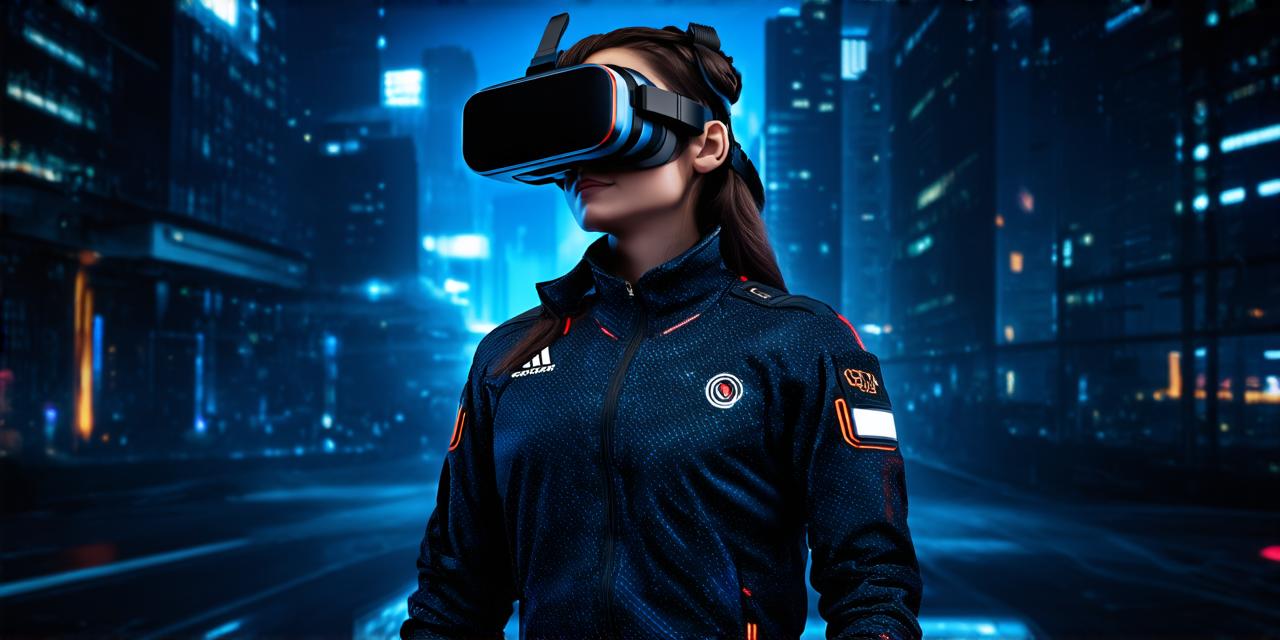What are the applications of virtual reality therapy?
Virtual reality therapy is a growing field that uses immersive and interactive digital experiences to treat a wide range of health conditions. Some of the most common applications of VR therapy include:
- Pain management
- Mental health treatment
- Physical rehabilitation
- Surgical training and planning
- Exposure therapy for phobias and anxiety disorders
Let’s explore each of these applications in more detail.

Pain management
One of the most promising uses of VR therapy is its ability to help manage chronic pain. Pain is a complex condition that affects millions of people worldwide, and traditional treatments such as medication and surgery can be limited in their effectiveness. VR therapy offers an alternative approach by providing patients with immersive and interactive experiences that can distract them from pain and help them relax. Studies have shown that VR therapy can reduce pain levels by up to 50%, making it a promising tool for managing chronic conditions such as fibromyalgia, arthritis, and chronic migraines.
Mental health treatment
Virtual reality therapy also has the potential to revolutionize mental health treatment. By providing immersive and interactive experiences that simulate real-world situations, VR therapy can help patients overcome a wide range of mental health conditions, including anxiety disorders, depression, PTSD, and phobias. For example, exposure therapy for phobias involves gradually exposing patients to their feared objects or environments in a controlled virtual environment. This type of therapy has been shown to be highly effective in treating phobias such as arachnophobia, acrophobia, and claustrophobia.
Physical rehabilitation
Virtual reality therapy can also be used for physical rehabilitation, helping patients recover from injuries and illnesses. By providing immersive and interactive experiences that simulate real-world movements, VR therapy can help patients regain their strength, flexibility, and balance. For example, VR therapy has been shown to be highly effective in treating stroke victims, helping them regain their mobility and independence.
Surgical training and planning
Virtual reality therapy also offers significant benefits for surgical training and planning. By providing immersive and interactive experiences that simulate real-world surgical scenarios, VR therapy can help surgeons develop their skills and improve their performance. This can lead to better outcomes for patients and reduced risk of complications during surgery. For example, VR simulations have been used to train surgeons in procedures such as heart bypass surgery, brain surgery, and robotic-assisted surgery.Exposure therapy for phobias and anxiety disorders
Finally, virtual reality therapy can be used for exposure therapy for a wide range of phobias and anxiety disorders. By providing immersive and interactive experiences that simulate real-world situations that trigger anxiety, VR therapy can help patients overcome their fears and improve their quality of life. For example, VR exposure therapy has been shown to be highly effective in treating social anxiety disorder, specific phobias, and post-traumatic stress disorder (PTSD).
Case studies and personal experiences
One of the most powerful ways to illustrate the potential of virtual reality therapy is through case studies and personal experiences. Here are a few examples:
- Pain management
One example of the effectiveness of VR therapy for pain management is a study conducted by the University of Washington. The study found that VR therapy reduced pain levels in patients with chronic back pain by up to 50%. Another example is a patient who suffered from fibromyalgia and used VR therapy to distract herself from pain and improve her mood. By immersing herself in a virtual world, she was able to reduce her pain levels and improve her quality of life.
- Mental health treatment
One example of the effectiveness of VR therapy for mental health treatment is a study conducted by the University of California, San Francisco. The study found that VR exposure therapy was as effective as in-person exposure therapy in treating social anxiety disorder. Another example is a patient who suffered from PTSD after being involved in a car accident. By using VR therapy to simulate the traumatic event, she was able to confront her fears and improve her mental health. - Physical rehabilitation
One example of the effectiveness of VR therapy for physical rehabilitation is a study conducted by the University of Alberta. The study found that VR therapy was as effective as traditional in-person therapy in improving mobility and function in stroke victims. Another example is a patient who suffered from chronic migraines and used VR therapy to improve her flexibility and balance. By immersing herself in a virtual world, she was able to reduce her pain levels and improve her quality of life. - Surgical training and planning
One example of the effectiveness of VR therapy for surgical training and planning is a study conducted by the University of California, San Francisco. The study found that VR simulations were as effective as in-person surgeries in improving surgical performance and reducing




